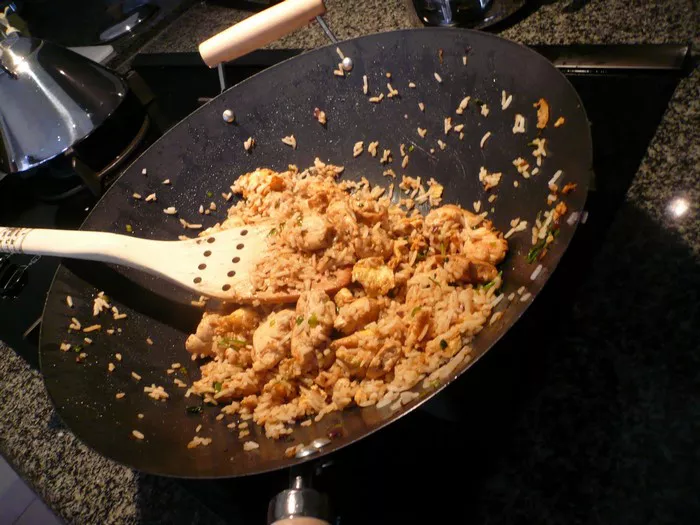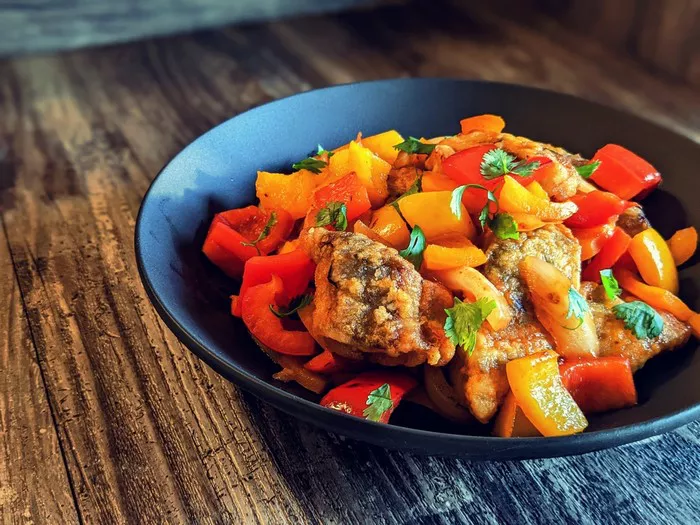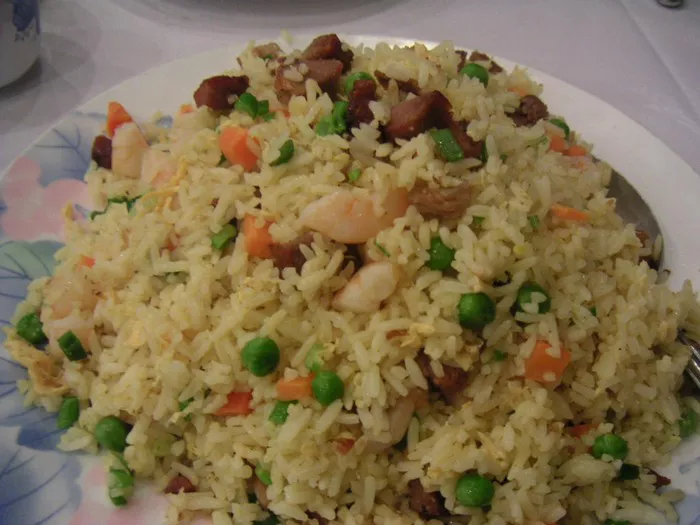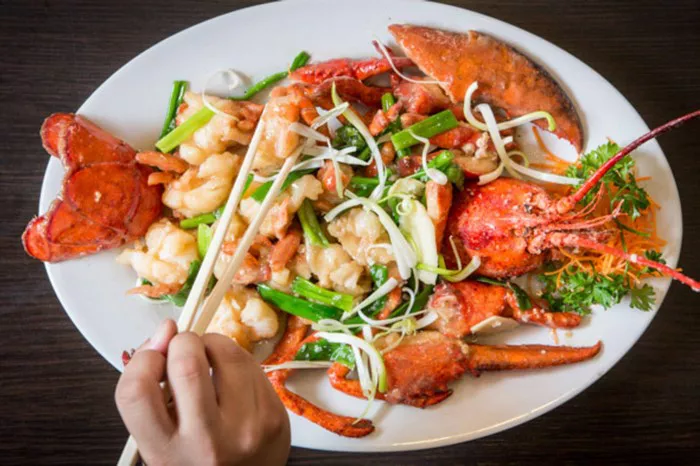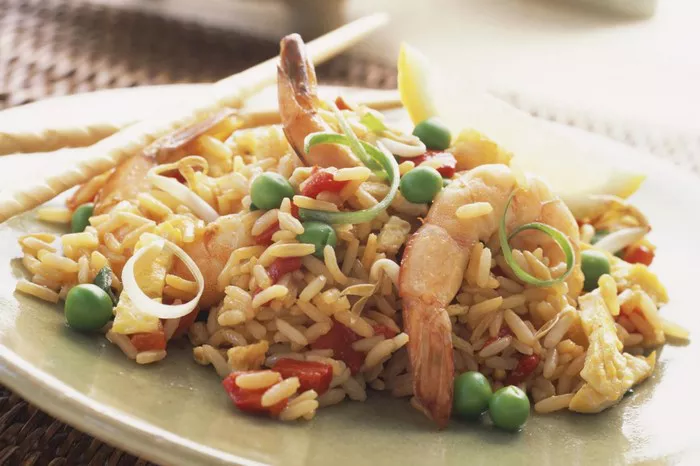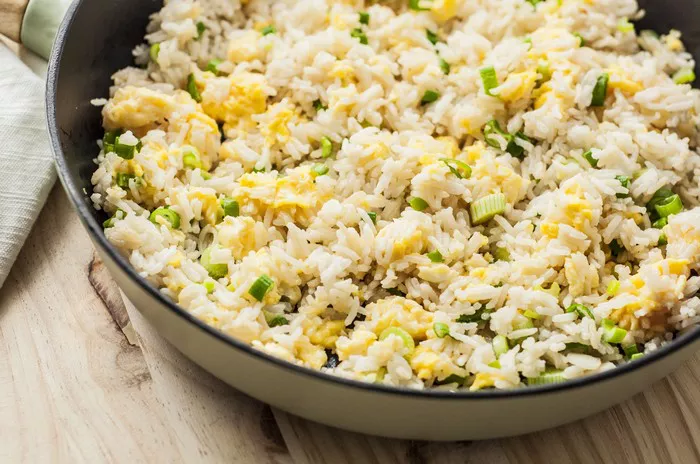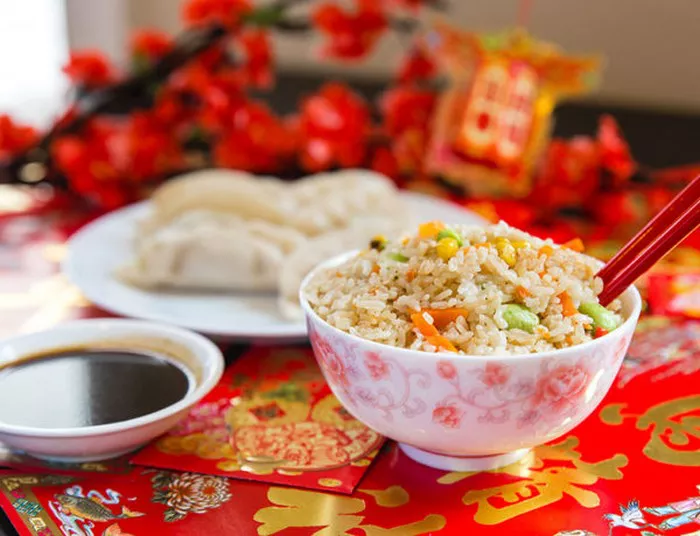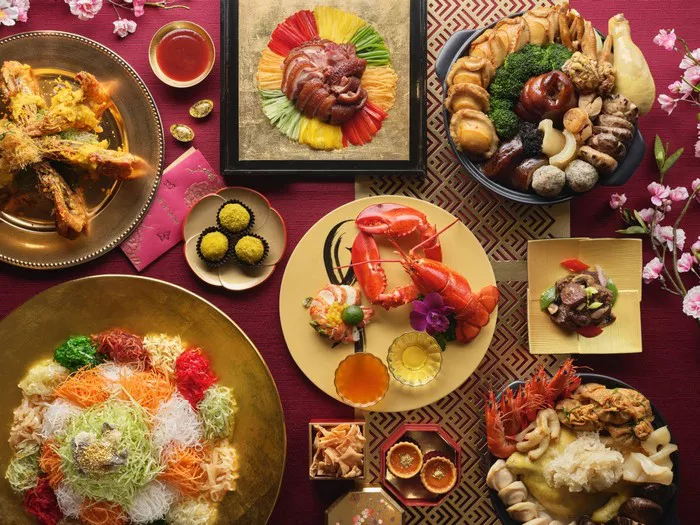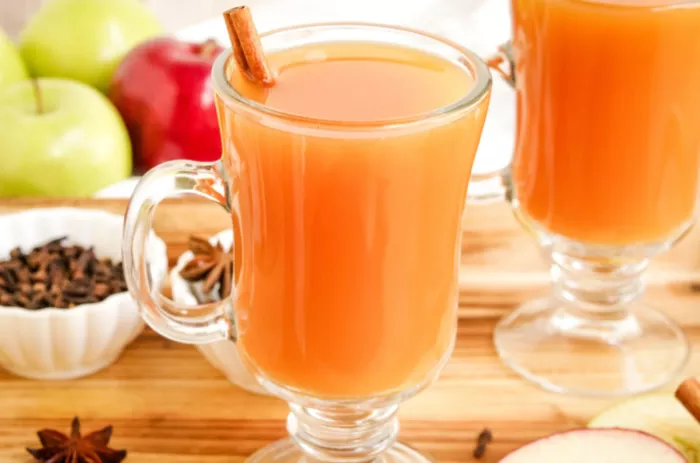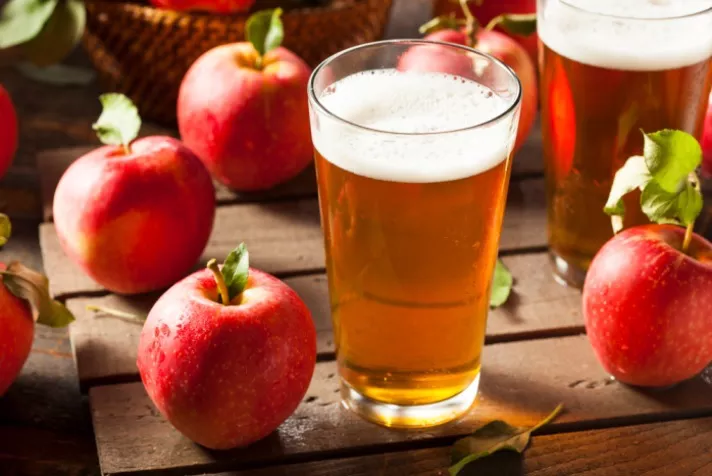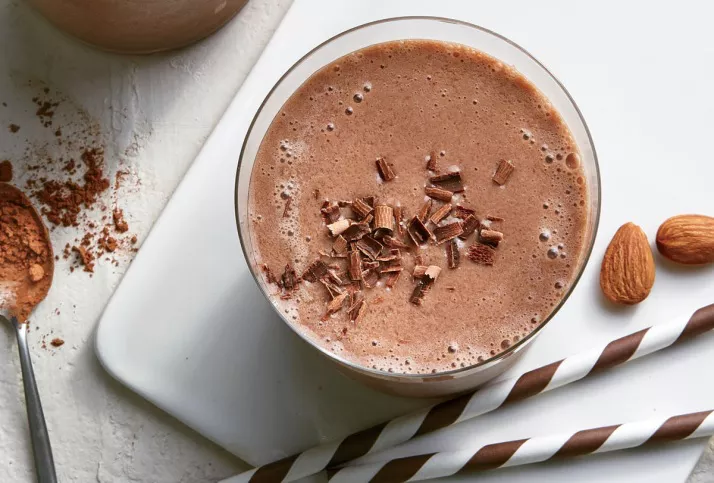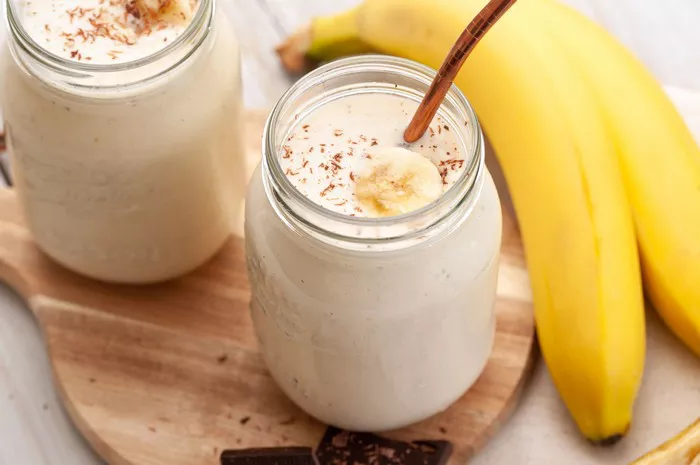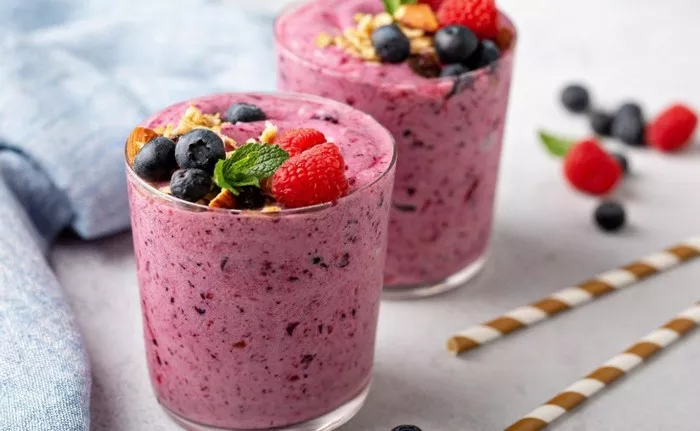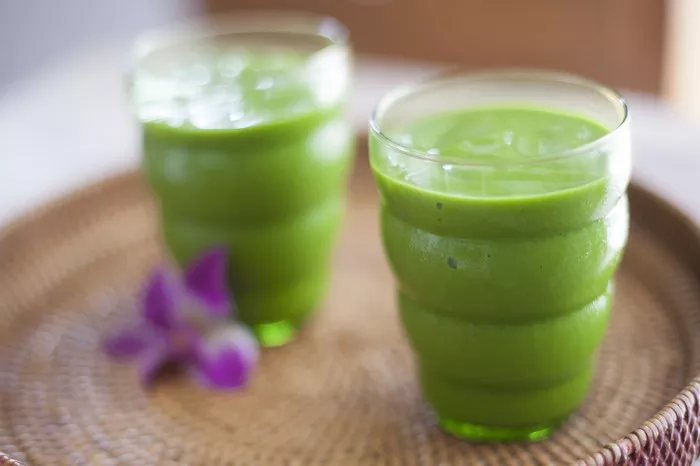Chinese fried rice is a beloved and versatile dish that has become a staple in households and restaurants around the world. This culinary masterpiece combines a harmonious blend of flavors and textures, resulting in a satisfying and delicious meal. In this article, we will explore the art of making Chinese fried rice, from the essential ingredients to cooking techniques that yield the perfect dish.
1. A Brief History of Chinese Fried Rice
1.1 The Origins
Chinese fried rice, known as “chǎofàn” in Mandarin, has a long and storied history. It is believed to have originated in China more than a thousand years ago during the Sui Dynasty. Initially, it was created as a means to utilize leftover rice, transforming it into a flavorful and satisfying meal. Over the centuries, fried rice has evolved and diversified, and it is now enjoyed in various forms worldwide.
1.2 Global Popularity
Chinese immigrants brought the tradition of fried rice to other countries, contributing to its global popularity. Today, you can find countless variations of this dish, each adapted to local ingredients and tastes.
2. Essential Ingredients for Chinese Fried Rice
2.1 Rice
At the heart of Chinese fried rice is, of course, the rice itself. Long-grain varieties like jasmine or basmati rice are popular choices, though medium-grain or short-grain rice can also be used. What’s crucial is that the rice is cooked and cooled before stir-frying to prevent clumping.
2.2 Vegetables
A mix of fresh vegetables, such as carrots, peas, and bell peppers, is often used to add color, flavor, and texture. These vegetables should be diced or sliced uniformly for even cooking.
2.3 Protein
Protein options can vary widely, with popular choices including diced chicken, shrimp, or tofu. Pork, beef, or even a combination of proteins can also be used, depending on personal preference and dietary restrictions.
2.4 Aromatics
Garlic, ginger, and green onions are key aromatics that provide depth of flavor. They are typically minced or finely chopped and sautéed to release their fragrant oils.
2.5 Eggs
Scrambled eggs are a common addition to Chinese fried rice, adding a delicate texture and subtle flavor. They are usually cooked separately and then folded into the rice.
2.6 Seasonings
Soy sauce and oyster sauce are essential seasonings that give Chinese fried rice its signature umami and salty flavors. A touch of sesame oil can also enhance the overall aroma and taste.
2.7 Cooking Oil
A neutral cooking oil, such as vegetable or canola oil, is used for stir-frying. It should have a high smoke point to prevent the rice from sticking to the pan.
3. Cooking Techniques for Perfect Chinese Fried Rice
3.1 Preparing the Rice
To achieve the ideal texture for fried rice, start with day-old rice that has been cooled in the refrigerator. Freshly cooked rice is often too sticky, whereas cold rice grains can be easily separated when stir-frying.
3.2 Seasoning the Protein
Marinating the protein with a mixture of soy sauce, a touch of sesame oil, and cornstarch can enhance its flavor and tenderness. Let the protein sit for at least 15 minutes before cooking.
3.3 High Heat
Chinese fried rice is traditionally cooked over high heat. A hot wok or skillet ensures that the ingredients cook quickly and evenly. The sizzle and aroma that result from high heat contribute to the dish’s unique flavor.
3.4 Stir-Frying
Stir-frying is a crucial technique in Chinese cuisine. Ingredients are constantly moved around the wok or pan to ensure even cooking. This method also prevents sticking and burning.
3.5 Building Layers of Flavor
In Chinese cooking, building layers of flavor is vital. Start by stir-frying the aromatics, followed by the protein, vegetables, and rice. Each ingredient is seasoned as it is added to the wok.
3.6 Light and Even Seasoning
The seasoning, including soy sauce and oyster sauce, should be added in moderation and distributed evenly. It’s easier to add more seasoning later if needed than to correct an overly salty dish.
3.7 Tossing and Flipping
Mastering the technique of tossing or flipping the ingredients in the wok is essential for achieving that classic “wok hei” or smoky flavor. This requires practice but is worth the effort.
4. Variations of Chinese Fried Rice
Yangzhou fried rice, also known as Yeung Chow or Yang Chow fried rice, is a popular Chinese dish characterized by its use of prawns, roast pork, and green peas. It’s often garnished with fresh green onions and scrambled egg.
4.2 Vegetable Fried Rice
For a vegetarian version, simply omit the meat or seafood and focus on an array of colorful vegetables. Tofu or tempeh can be used as a protein source, and cashews or peanuts add a delightful crunch.
4.3 Pineapple Fried Rice
Pineapple fried rice is a sweet and savory variation that features chunks of ripe pineapple, which add a burst of tropical flavor. Shrimp or chicken can complement the pineapple’s sweetness.
4.4 Kimchi Fried Rice
Kimchi fried rice is a spicy and tangy twist on the classic dish. It incorporates fermented kimchi, adding a zesty kick and depth of flavor. This version is often garnished with a fried egg on top.
5. Serving and Presentation
5.1 Serving Suggestions
Chinese fried rice can be enjoyed as a standalone dish or as part of a larger meal. It pairs wonderfully with dishes like sweet and sour chicken, kung pao shrimp, or a variety of dim sum offerings.
5.2 Garnishes
Green onions, fresh cilantro, or chopped peanuts are popular garnishes that add a pop of color and texture. A lime wedge or a drizzle of chili oil can also enhance the dish’s presentation and taste.
5.3 Sizzling Platter
For an extra touch of drama and excitement, serve Chinese fried rice on a sizzling platter. The heat from the platter can keep the dish warm while adding an impressive element to your presentation.
Conclusion
Chinese fried rice is a culinary delight that brings together a symphony of flavors and textures. With the right ingredients and cooking techniques, you can create a dish that is both satisfying and delicious.

